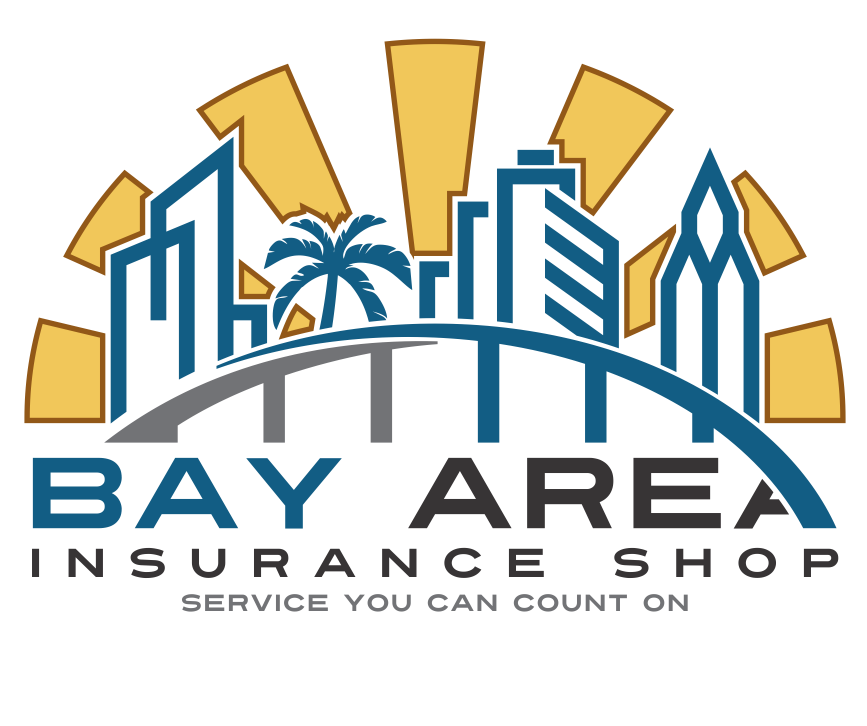
Did you learn how to get better gas mileage in your driver’s education classes? If it’s been a few years since you earned your driver’s license, you may not remember what they taught you or if they even covered the topic of getting better gas mileage. When headlines report “record high gas prices,” nearly everyone wants to know how to improve fuel economy. If a commute to work or school is a requirement in your life and you want to stretch those precious gallons of gas each week, the tips we’ve gathered below may be helpful.
Let’s start with the basics first. What is gas mileage or fuel economy? The National Highway and Transportation Safety Administration (NHTSA) sets the Corporate Average Fuel Economy (CAFE) standard for auto manufacturers, regulating how far vehicles must travel on a gallon of fuel. CAFE standards apply to passenger vehicles and light trucks (collectively, light-duty vehicles). Current standards are 28 miles per gallon.
In April 2022, new CAFE standards were announced that will require new 2024-2026 vehicles sold in the United States to average at least 40 miles per gallon.
The NHTSA along with the Environmental Protection Agency (EPA) also regulate the fuel-economy window stickers on new vehicles that tell consumers how many miles per gallon the vehicle will get under general driving conditions.
Now that we’ve covered the basics, let’s get to the ways you can improve gas mileage for your vehicle.
Drive the speed limit. Speeding can lower a vehicle’s overall fuel efficiency. According to fueleconomy.gov, gas mileage usually decreases at speeds above 50 mph. Now, that doesn’t mean drive below posted speed limits, which can be unsafe. Be aware that vehicles will likely consume more fuel at higher rates of speed.
Mind the brakes and accelerator. Habitual aggressive driving – putting the pedal to the metal and then braking quickly to slow down – can also contribute to lower fuel economy. Avoiding this type of driving can help improve average gas mileage between 15% and 30%.
Use the cruise control. This might be a no-brainer, but using a vehicle’s cruise control function, on the highway when traffic allows, helps maintain a constant speed, helping drivers achieve the first two tips we covered and, in most cases, will improve fuel efficiency.
Mind the vehicle’s cargo limitations. If you’re driving a truck and wondering how to improve your truck’s gas mileage this tip is especially important. Each vehicle’s manual includes the load carrying capacity for the vehicle itself and for towing, if applicable. This includes carrying things on top of the vehicle in any type of roof-top carrier, including cargo boxes, bikes and kayaks. Check your manual to be sure anything you carry is within the stated limits and realize that when you are carrying or towing more people or gear than normal, your gas mileage may decrease. For fuel efficiency, it’s a good practice to not haul extra weight if the items are not needed on a regular basis.
Maintain the vehicle’s tires. Underinflated tires can decrease overall gas milage by about .2% for every 1 psi drop in the average tire pressure of all the tires. Checking tire pressure regularly and making sure they are inflated to the vehicle’s indicated tire pressure can help. Your car’s owner’s manual should include this information if you are unsure.
Maintain the vehicle. If a car’s engine is not running properly, there’s a good chance that it is not using fuel efficiently. It’s a good idea to pay attention to the dashboard indicator lights, get routine maintenance and oil changes at the indicated mileage intervals, and have the vehicle inspected by a licensed mechanic to address any issues.
Consider a newer car. As mentioned earlier in this article, auto manufacturers must adhere to CAFE standards for the vehicles they sell in the US. The average fuel efficiency has increased over the years, so it follows that on average a newer vehicle should get better mileage than an older vehicle manufactured when the CAFE standards were lower. Keep in mind though, that the type of vehicle you choose also factors into the overall gas mileage. A smaller compact car and a large SUV manufactured in the same year may adhere to that year’s CAFE standard, but the smaller car will most likely get better gas mileage than the large SUV. Make sure you do your research when you purchase a new or new-to-you pre-owned car, so you understand the fuel efficiency of the vehicle you choose.
Go electric or hybrid. This may not be the tip you’re looking for, but if you’re in the market for a new vehicle anyway, choosing a vehicle that runs on a combination of gas and electric or solely on electric can also help you cut your overall gas consumption. If you go electric, you’ll want to be conscious of the vehicle’s electric battery consumption. Many of the same tips we’ve already covered here like following the speed limit and maintaining the vehicle and its tires can also help an electric vehicle’s charge last longer.
Having proper auto insurance from Bay Area Insurance Shop is another step to making your trips safer. Give us a call at (727) 446-4416 or visit us online at https://bayareainsuranceshop.com/services/car-insurance-clearwater-fl/
for your free auto insurance quote today.
Source: https://www.foremost.com/learning-center/better-gas-mileage.asp by Rachel Neva
